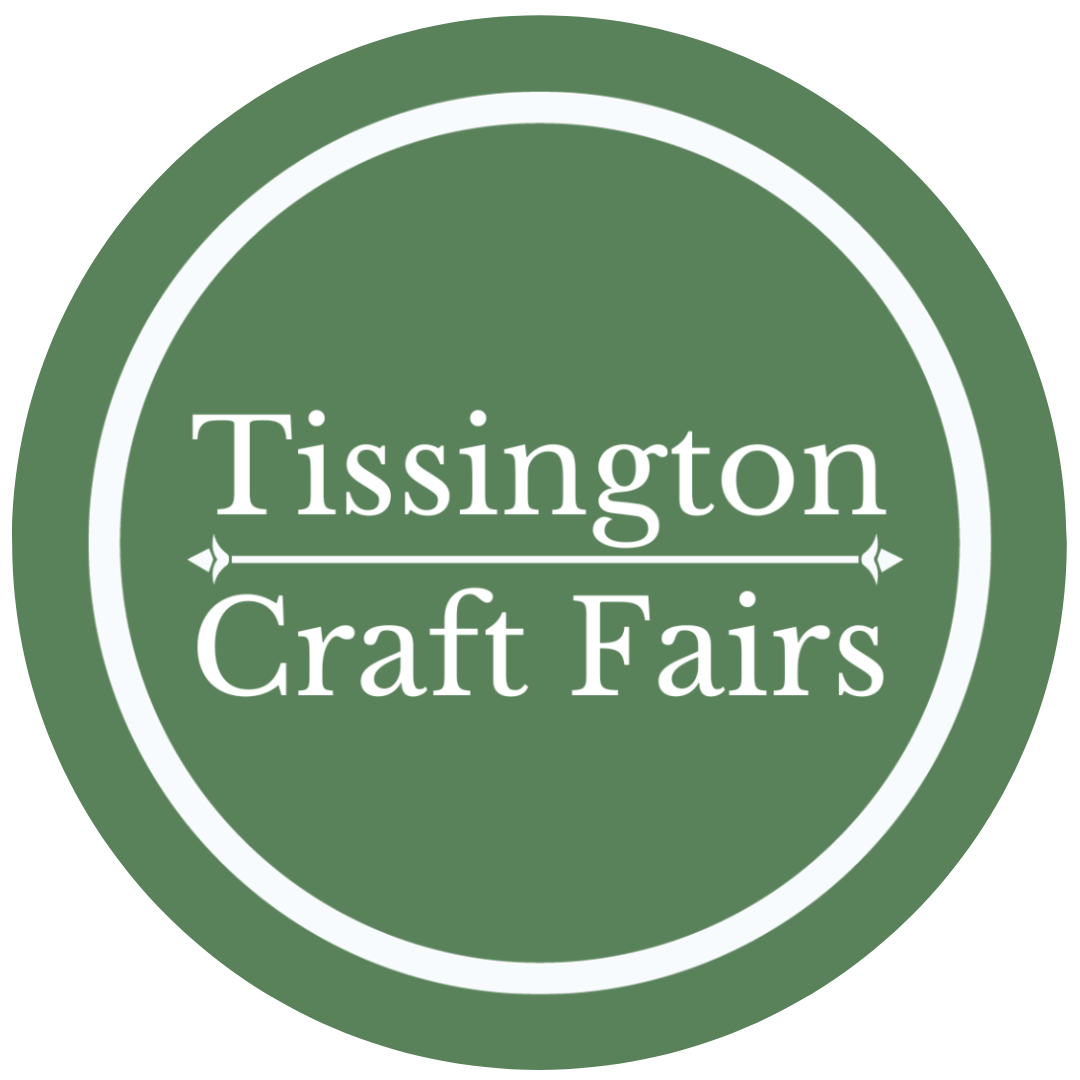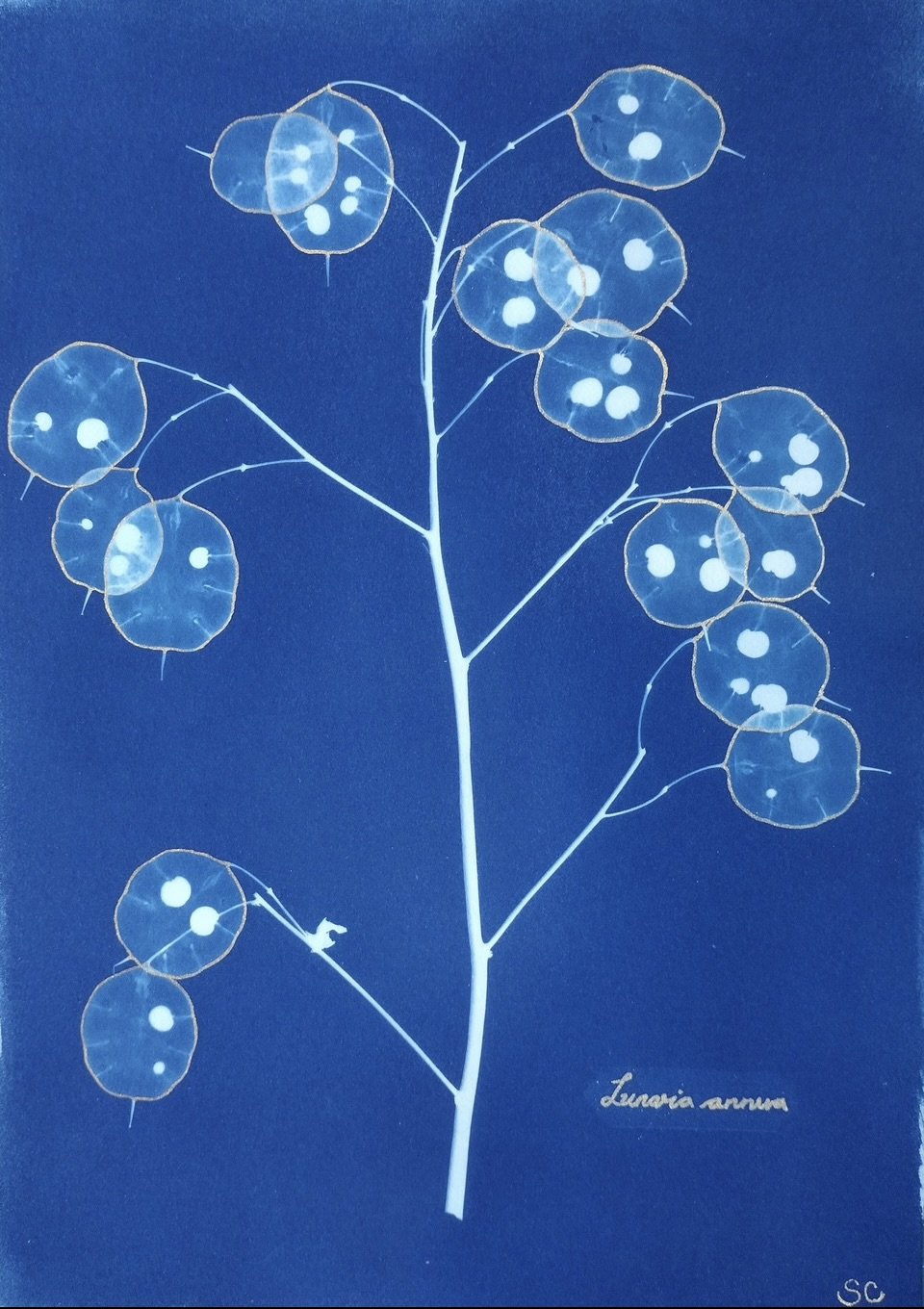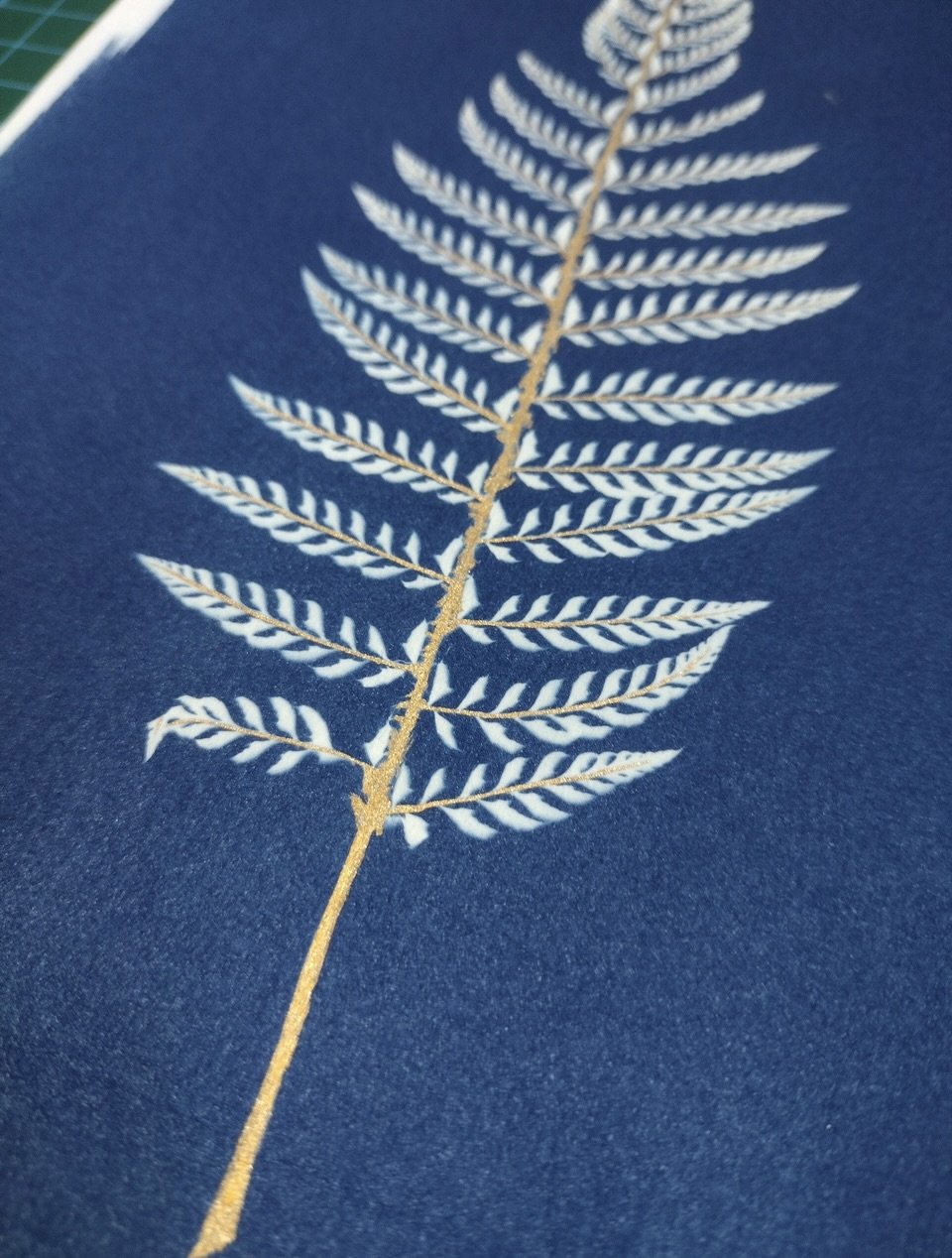Meet Our Makers - Blue and Gold Botanics
In this edition of the ‘Meet Our Makers’ series I’m excited to be talking to Sophie Cook aka Blue and Gold Botanics; whose passion for horticulture led her to start her own creative business. Sophie is a relatively new stallholder at Tissington Craft Fairs but her work has already proved popular with visitors to our first market of 2023.
Hi Sophie, it’s lovely to talk to you today. Can you tell me how your business first begin?
I’ve been making cyanotypes since I undertook an Art Foundation course in 2005 where I was interested in low-tech forms of photography. But it was in 2022 when I had just left a full time position in horticulture that I decided to focus on a style of cyanotype that used my horticultural knowledge. I started posting my work on Instagram and received some good feedback so I decided to sign up for a couple of markets, and then a couple more, and so on! It was one of those times when it wasn’t a definite decision but one decision leading to another and finding that I really enjoyed the markets and filling up my calendar with events.
Blue and Gold Botanics at Tissington Craft Fair in April 2023.
So do you work on your creative business full time?
I enjoy splitting my time between the cyanotypes and my gardening clients. I enjoy the balance of being creative inside the studio and going to markets where I speak to lots of different people, alongside being outside in my client’s gardens, working quietly alongside nature.
For anyone who may not know, what is a cyanotype and how are they used?
Cyanotypes are one of the earliest forms of photography, and were developed in the 1800s. The technique was made famous by Anna Atkins who published the first book with photographic illustrations, the cyanotypes, of seaweeds. So the process has a history of being used with plants and plant-like material.
I begin the process by mixing two liquid iron compounds together which form a photosensitive liquid. I paint this onto heavy-weight archival paper and allow it to dry. These stages are done in the darkroom.
Once dry, I place a piece of plant onto the surface of the paper and place a piece of glass over the top so that the plant material has good contact with the cyanotype paper. I expose it in the direct sun for one minute to twenty minutes, depending on the time of day and time of year, and then lift off the glass sheet and the plant material, then fix the paper in water.
It takes about 24 hours for the blue to fully reveal itself. At this point, the cyanotype is complete, but in my work I add liquid gold leaf to highlight details of the plant.
“Cyanotypes are one of the earliest forms of photography, and were developed in the 1800s”. Sophie Cook, Blue and Gold Botanics.
It sounds like quite a complex process so where do your creations come to life?
I have a small room below my flat that I use as a studio. It has a large window with a holly bush right outside where the garden birds tend to hide so they make good company. I made a blackout curtain so that I can turn my studio into a darkroom when I am painting the paper with the cyanotype liquid and preparing the plant material on the paper.
I expose the paper outside in the garden and then take them upstairs into my bathroom to fix in water.
Can you remember your first sale and how did it make you feel?
I can’t remember my first sale at a market because the whole weekend went by in such an excited blur! But I do remember really enjoying the weekend and the sense of reassurance from people being interested in my work and it being out in the world.
Which of your pieces are you most proud of and why?
I’m most proud of my poppy petal pieces which are made up of overlapping pressed poppy petals. It was a long process to get to be able to make these pieces; I grew the poppies from seed given to me by a friend and then I collected and pressed the petals as the flowers started to fade. When adding in the liquid gold leaf, I’ve picked out small wrinkles in the petals, creating a beautiful pattern in gold from the flaws in the petals. It seems to be a piece which resonates with people as it has been popular through my social media and at markets.
Due to the delicacy of the petals and how they move with the slightest breeze, they are tricky to make so when they turn out well there's a real sense of satisfaction. It is a piece that I enjoy painting the repeated pattern of the poppies and I hope this enjoyment comes out in the piece.
What can our customers look forward to seeing in 2023? Do you have any new products in the pipeline or anything that will only be available at markets?
I’m growing lots of plants at home to try out as cyanotypes as I want to create seasonal pieces alongside the favourites. I’ve really enjoyed making pieces with the delicate spring flowers so I’m going to keep this seasonality going, which is helped along by my gardening work.
Being able to enjoy original artwork in the home is important to me, so I also want to try and make a greater variety of work that people can visualise in their homes.







